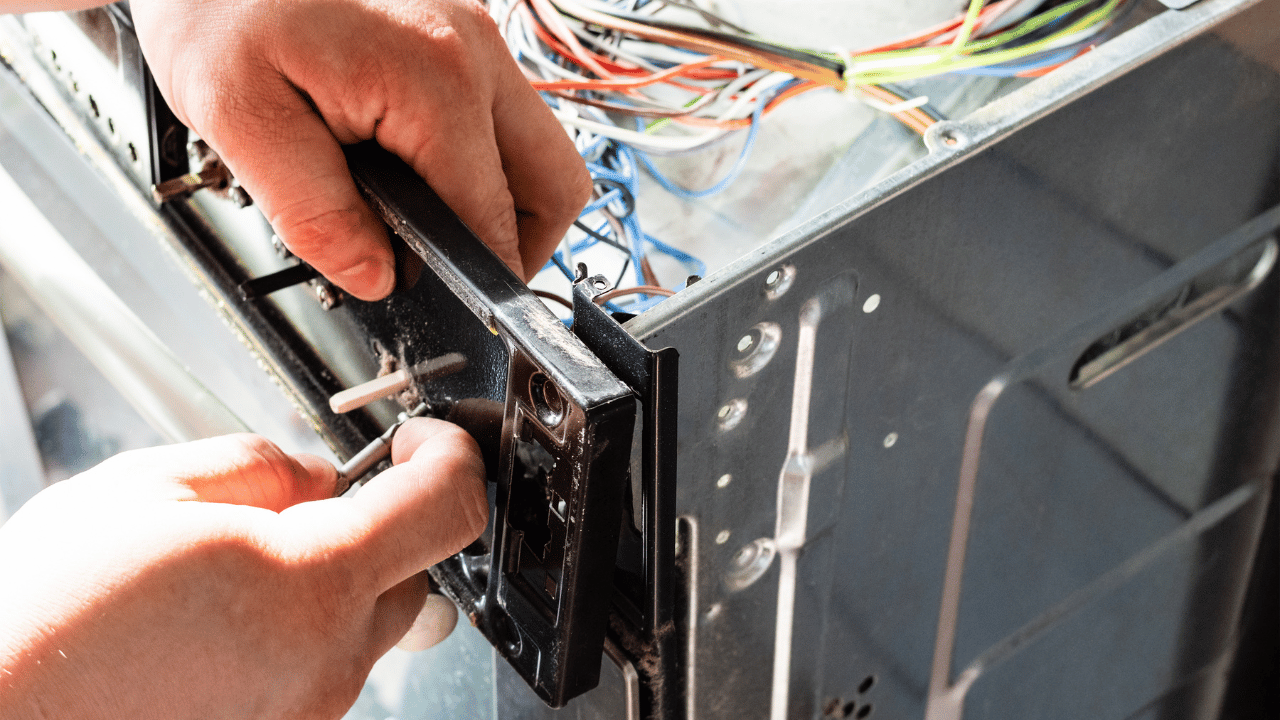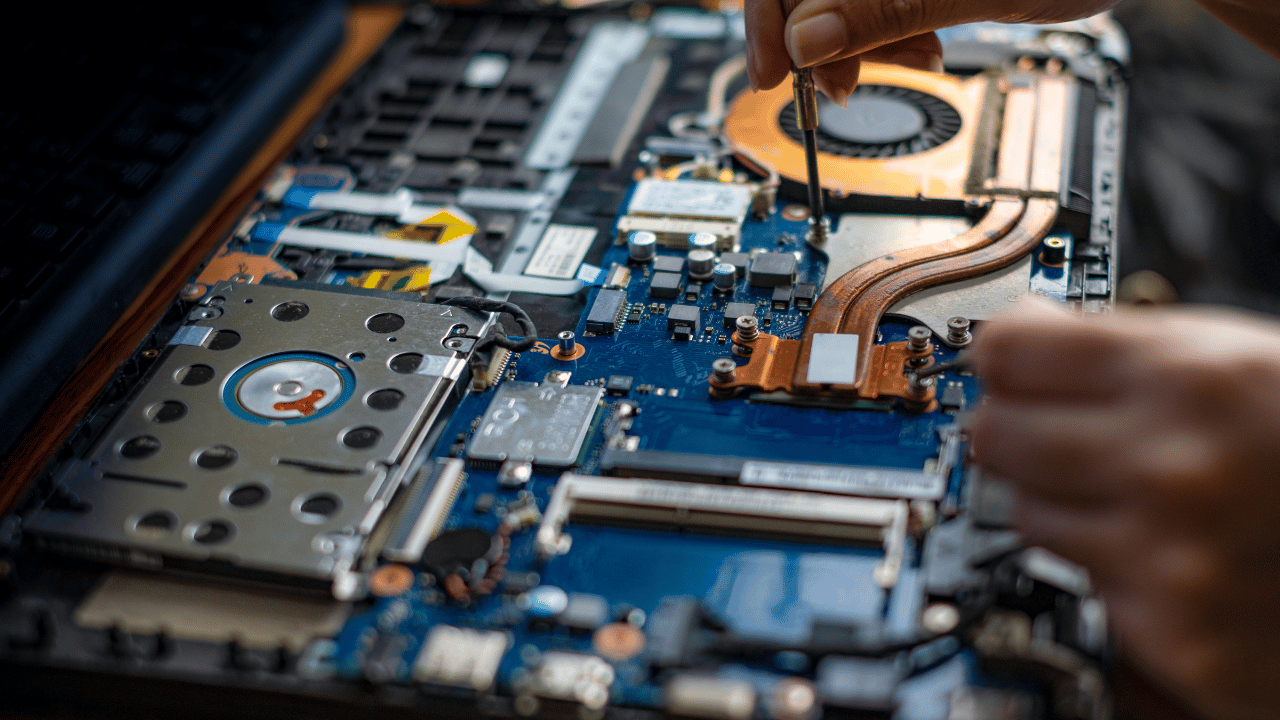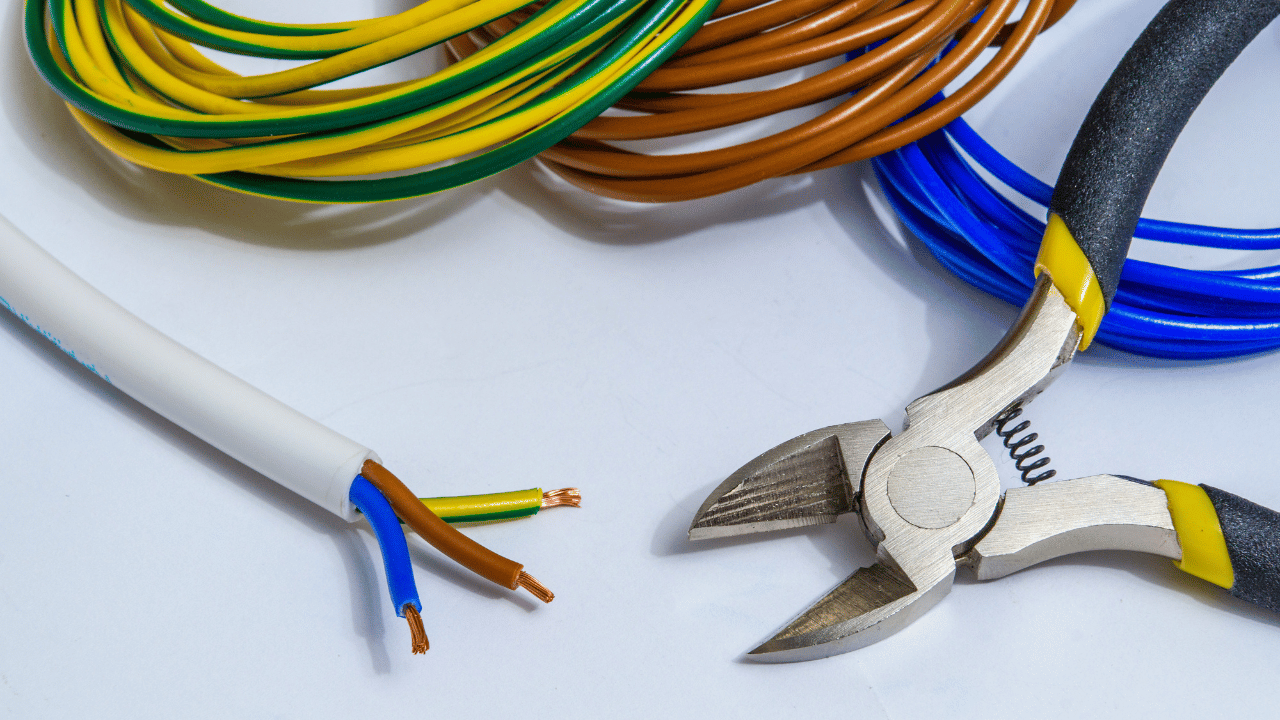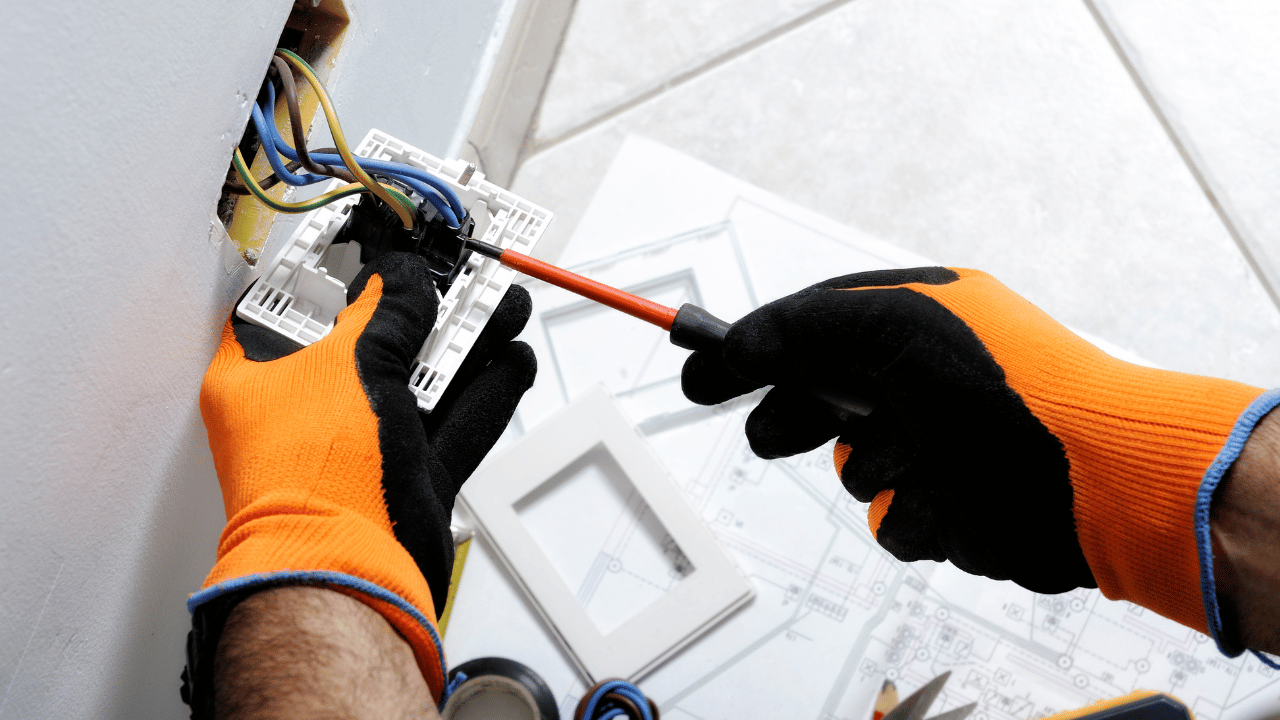Last Updated on October 21, 2023 by Pro Handyman Australia – Editorial Team
While the allure of DIY projects can be strong, it’s essential to acknowledge that not all tasks are suitable for every homeowner. Electrical systems in your home come with their set of risks. Without proper training, the chances of making hazardous mistakes rise significantly.
Treading the Fine Line Between Novice and Expert
Interestingly, not all electrical repairs are off-limits for beginners. There are several minor electrical repairs that, when approached with caution and due preparation, can be safely undertaken by novice DIY enthusiasts.
Ensuring Safety While Embracing DIY
It’s of paramount importance to be equipped with the right knowledge and to always prioritize safety. By diligently adhering to safety guidelines and being well-prepared in advance, certain home electrical repair projects can be both rewarding and safe.
Venturing into DIY Electrical Repairs: What You Can Safely Handle

Electrical repairs can be intimidating due to the inherent risks associated. However, there are some tasks that, when approached with caution and proper preparation, can be safely undertaken without the need for a professional electrician.
1. Switching Up: Replacing a Light Switch
One of the relatively straightforward DIY electrical projects is replacing a light switch. This task introduces you to various types of switches, including single-pole, double-pole, three-way, and four-way switches. It’s crucial to choose the right replacement switch to ensure proper functionality. If you’re considering installing a dimmer switch for the first time, exercise extra caution, as improper installation or incompatible bulbs can lead to overheating issues.
2. Illuminating Changes: Updating a Light Fixture
Many homeowners can successfully replace an existing light fixture, making it an excellent DIY project that can bring a fresh look to your home in just an hour’s work. Before you begin, ensure the power is turned off, and remove the hardware from the existing fixture. Next, locate the junction box and carefully separate the wires to remove the old fixture and install the new one. Always double-check the stability of the mounting brackets to support your new fixture securely.
3. Power Up Safely: Replacing an Outlet
If an outlet feels unusually warm or you’ve observed sparks upon plugging in devices, it’s a sign to replace it. First, check the wires behind the outlet for power. Damaged wire ends should be trimmed and stripped before being rewired to the new outlet. Finally, secure the wall plate back in place.

4. Enhancing Comfort: Installing a Ceiling Fan
For those with some prior DIY experience, replacing an existing light fixture with a ceiling fan is manageable. The key is to ensure the mounting bracket can support the fan’s weight. However, if there’s no existing wiring or you’re unfamiliar with electrical work, considering a professional might be a wise choice.
5. Lighting Up Old Favorites: Rewiring a Lamp
Breathe new life into an old lamp with a straightforward rewiring process. After acquiring a lamp kit or the necessary parts, begin by ensuring the lamp is unplugged. Disassemble the lamp to access the socket and replace the old wire. Once the new wire is in place and connected to the socket, reassemble the lamp and test it out.

6. Power Restoration: Resetting a Tripped Breaker
Breakers can trip for various reasons, including overloaded circuits or short circuits. When faced with a power outage, locate your circuit breaker box and identify the switch in the “off” position. Resetting it should restore power, but if it’s positioned in the middle, ensure you switch it off first before turning it on.
7. Prolonging Utility: Repairing an Extension Cord
Instead of discarding a malfunctioning extension cord, consider repairing it. After removing the old plug and stripping the wires, connect them to the back of a new plug. Ensure the wires are attached to the correct terminals: green to green, black to brass or gold, and white to silver. Once reassembled, plug in the cord to verify its functionality.
8. Repairing an Extension Cord
If your extension cord has visible damage, you can attempt to repair it. Cut out the damaged section, strip the wires, and securely reattach them using proper connectors and insulation. Ensure the repaired cord is safe to use before plugging it in.
9. Resetting a Tripped Breaker
In some cases, a tripped circuit breaker can be easily reset by switching it back to the “On” position. However, if you experience frequent breaker trips, it may be a sign of underlying electrical issues that require professional assessment.
Prioritizing Safety in DIY Electrical Repairs

Preparation and Precautionary Steps
Safety should always be paramount when working on any DIY electrical project. To ensure your safety and the success of your task:
- Power Down: Before starting, always switch off the power for the specific circuit at your electrical panel. As an additional precaution, place black electrical tape over the circuit switch, preventing anyone else from inadvertently restoring power.
- Test and Confirm: Utilize a voltmeter to double-check that the circuit is indeed turned off.
- Always Unplug: Regardless of your confidence level, always unplug any device or lamp you plan to work on, ensuring it’s disconnected from any power source.
- Document the Process: Before altering any wiring during your repairs, capture detailed photos using your smartphone. This visual reference will be invaluable when you need to recall the correct reconnection sequence.
Understanding When to Call a Professional
Tackling an electrical project can be satisfying, but recognizing when a task is beyond your expertise is essential. It’s always best to consult an expert for projects involving house wiring or rewiring, setting up a dedicated circuit, or dealing with electrical panel repairs or replacements. Incorrect handling of these tasks can lead to severe property damage or even personal injury.
Furthermore, be aware that specific electrical tasks may necessitate hiring a licensed electrical contractor or obtaining a permit. It’s essential to remember that if unauthorized individuals conduct such tasks, any resultant damage might not be covered by your homeowner’s insurance.
Conclusion

Dipping one’s toes into the world of DIY electrical repairs can be both empowering and cost-effective. With the right tools, knowledge, and a hefty dose of caution, many minor electrical issues can be resolved by the homeowner. However, the line between what’s manageable and what’s risky can often be thin. It’s crucial to approach every electrical DIY project with respect for the inherent dangers involved and to recognize when a task exceeds personal expertise. By blending self-reliance with wisdom and safety consciousness, one can ensure not only successful repairs but also a safe environment for all. Remember, in the realm of electricity, knowledge lights the way, but caution keeps us grounded.
